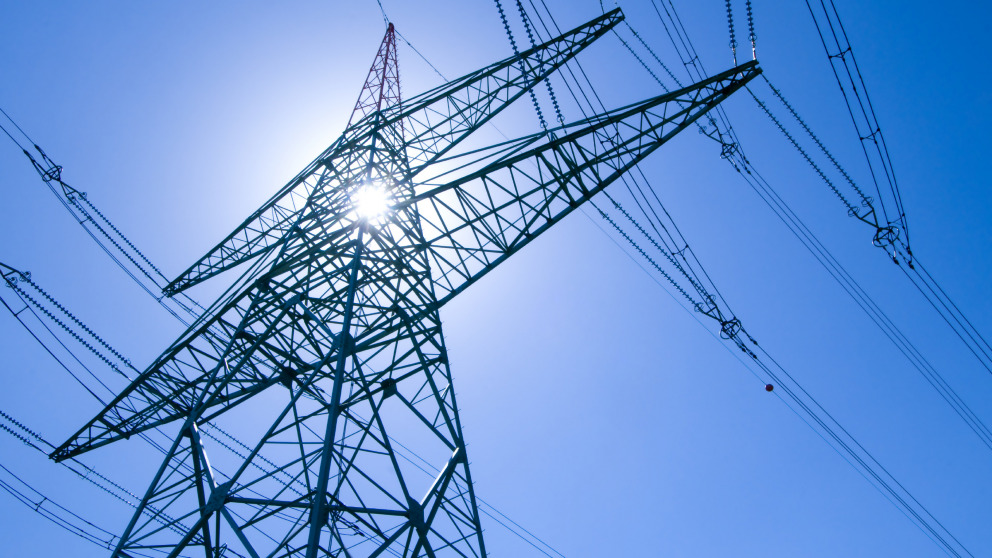‘Best paths’ for Superconducting Electric Lines – IASS Joins EU Project to Shape the Future Electricity Grid
06.11.2014

The development of high-capacity transmission networks that can efficiently integrate rising shares of renewable energy is a key challenge for achieving Europe’s long-term energy and sustainability goals. Developing the right technology for grid integration and long-distance links also represents an area where international cooperation is needed. That is why nearly 40 leading European organisations from science and industry have joined forces with utilities and transmission systems operators for the largest EU-funded research project on energy transmission to date. Titled BEST PATHS, this initiative explores new avenues for delivering affordable, reliable power in Europe from ‘coast to coast’, focusing in particular on the removal of barriers to the large-scale penetration of renewable electricity production.

Part of the European Union’s 7th Framework Programme, the project is composed of five large-scale demonstration areas, each of which is focused on increasing network capacity and system flexibility and incorporating innovative transmission systems for long-distance interconnections. The official kick-off meeting was held on 29 October in Rome.
Within the BEST PATHS project, the IASS is in charge of the scientific coordination of the research field dedicated to demonstrating the technical feasibility of integrating DC superconducting lines using magnesium diboride (MgB2) as the critical material. MgB2 superconducting lines represent an innovative approach to long-distance electricity transmission and could provide benefits in terms of size, costs, efficiency and environmental impact.
This concept, which was originally formulated by IASS Scientific Director and Nobel laureate Professor Carlo Rubbia, has been successfully demonstrated at laboratory level in a collaboration between the IASS and the European Organization for Nuclear Research (CERN). The goal of the FP7 project is now to progress further along the research and development path by making a demonstrator cable that will be tested in operational conditions. Parallel studies will investigate the integration of superconducting lines into existing grids, as well as the possible social and economic impacts of this technology.
Read more:
- The IASS research programme on “Long distance energy transport through superconducting electric lines”
Photo: © ZU_09/istock
06.11.2014